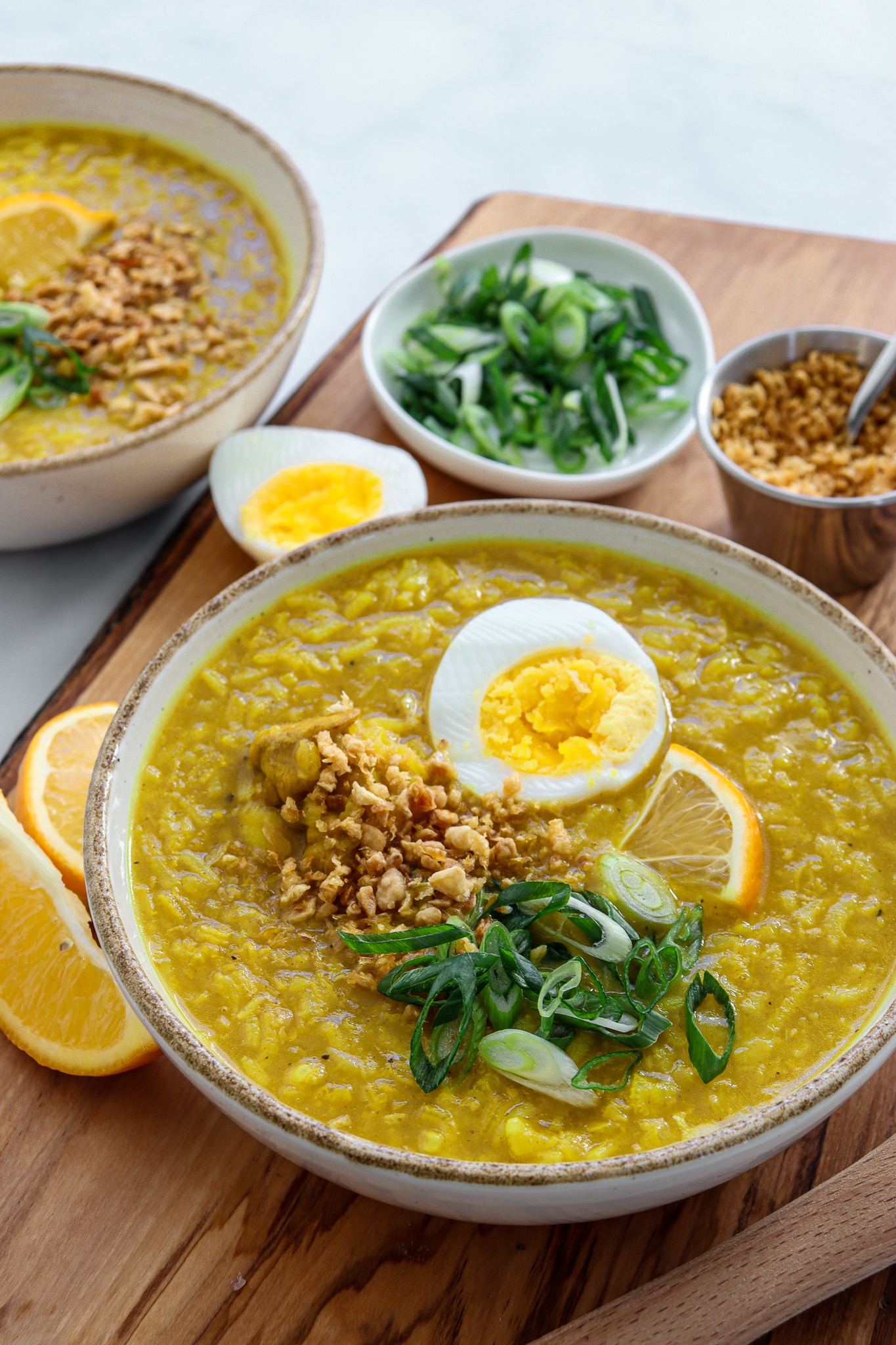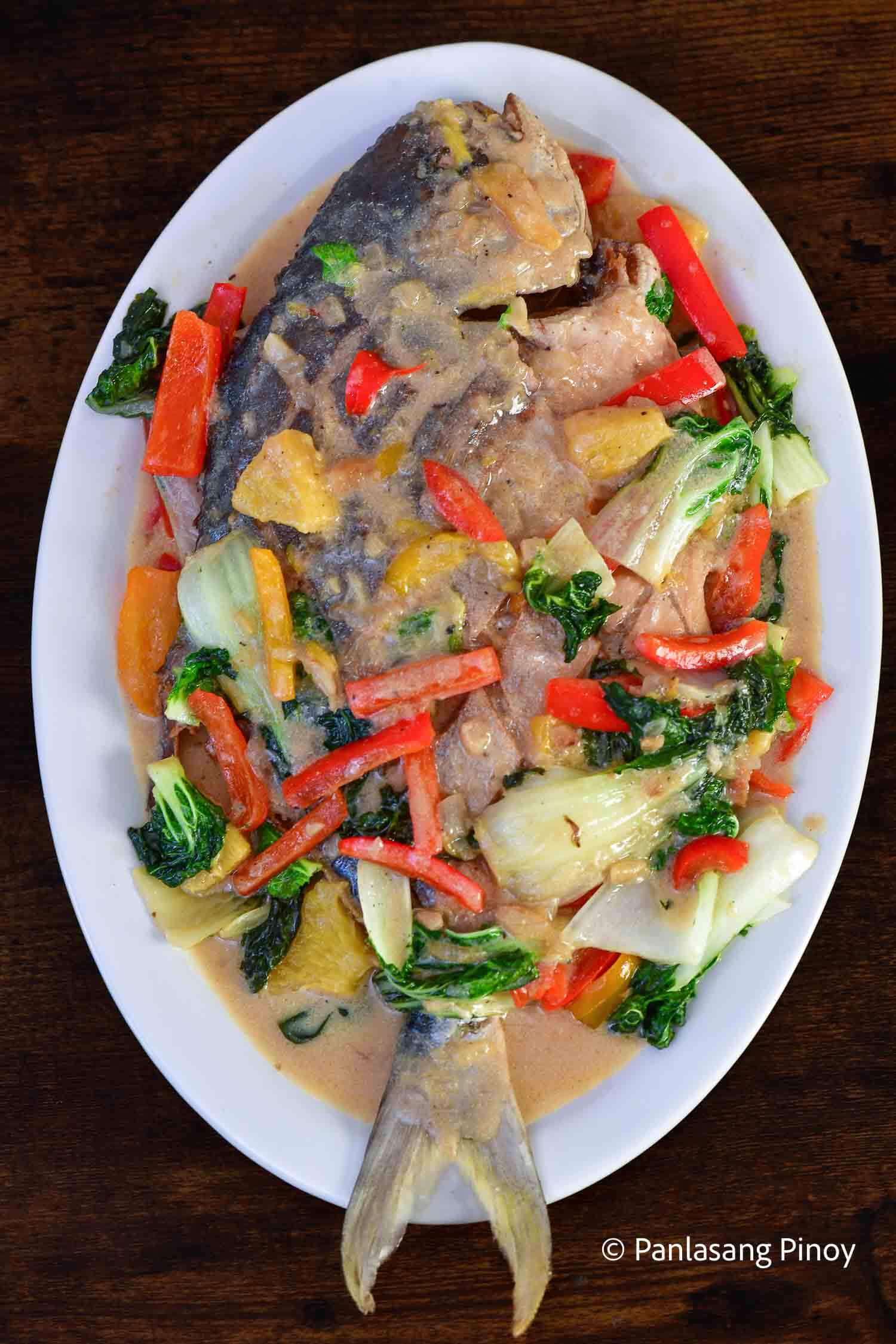Authentic Filipino Food Recipes to Attempt in the house
Discovering genuine Filipino food recipes provides a possibility to appreciate the intricate tastes and cultural value behind each dish. Utilizing fresh, regional components is crucial, as is accepting communal eating-- a hallmark of Filipino culture.
Popular Filipino Dishes
Filipino cuisine flaunts a rich tapestry of tastes and customs, with over a lots famous meals that highlight the country's diverse cultural impacts. One of one of the most well-known recipes is Adobo, a full-flavored stew commonly made with poultry or pork, seasoned in vinegar, soy sauce, garlic, and spices. Its appetizing flavor profile makes it a staple in Filipino homes.
Another beloved recipe is Sinigang, a sour soup frequently made with tamarind, tomatoes, and numerous veggies. This recipe can include pork, shrimp, or fish, and its refreshing taste is perfect for cozy climates. For those with a craving for sweets, Leche Flan-- a luscious sugar custard-- acts as a popular treat, showcasing the Filipino penchant for rich, sweet tastes.
Kare-Kare, a hearty oxtail stew with a thick peanut sauce, together with the legendary lumpia, or spring rolls, additionally exemplify the variety discovered in Filipino food. Each dish not just provides special preferences but also narrates of local ingredients and historical impacts, making Filipino food a vibrant reflection of its society and heritage.
Essential Active Ingredients for Filipino Food Preparation
The essence of Filipino cooking depends on its vital components, which function as the structure for the country's cherished recipes. A range of flavors and appearances collaborated, showcasing the diverse cultural impacts that shape Filipino food.
Trick ingredients include rice, the staple that comes with virtually every meal, representing nourishment and neighborhood. Soy sauce, vinegar, and fish sauce (patis) are important for spices, conveying umami and deepness to recipes. Fresh natural herbs like cilantro and basil include fragrant quality, while garlic, onion, and ginger provide a robust flavor base.
Healthy protein sources such as pork, poultry, and seafood are main to many dishes, usually marinaded to enhance preference. Veggies like eggplant, bitter melon, and eco-friendly beans add necessary nutrients and balance - Filipino food recipes. Coconut milk is one more considerable component, providing creaminess and a refined sweet taste to various stews and desserts
Last but not least, calamansi, a citrus fruit, supplies a rejuvenating tang that boosts recipes and beverages alike. With each other, these components develop the vibrant and rich tapestry of flavors that define Filipino food, making it both reassuring and distinctive. Understanding these principles is vital for any person aiming to duplicate genuine Filipino dishes at home.
Step-by-Step Recipe Guide

Begin by preparing your active ingredients. For Adobo, slice the meat into uniform items and season it in soy sauce, vinegar, garlic, and bay leaves for a minimum of half an hour. Next off, heat oil in a frying pan and sauté the garlic and onions until fragrant, then include the seasoned meat, allowing it to brownish evenly.
For Sinigang, start by boiling water in a pot and including your selection of meat. When tender, include tamarind paste or fresh tamarind for that signature sour flavor. Follow with veggies like radish and kangkong, cooking till just tender.

Tips for Authentic Taste
Usually, achieving authentic flavor in Filipino recipes depends upon the careful choice and treatment of active ingredients. Begin with fresh, high-quality fruit and vegetables, as the vibrancy of vegetables and herbs considerably boosts the meal's general taste. Staples like garlic, onions, and ginger form the fragrant structure for lots of dishes; utilizing them click over here in appropriate percentages is critical.
Choosing the ideal protein is similarly crucial. For example, conventional adobo typically utilizes chicken or pork, seasoned to absorb the marinate's complete taste. Furthermore, take into consideration sourcing in your area generated or regional components, as they can offer authenticity that store-bought choices lack.
Food preparation techniques also play a vital duty. Slow-cooking methods, such as braising or stewing, allow tastes to combine perfectly, while frying can add a satisfying appearance. Do not neglect spices; making use of salt, fish sauce, or soy sauce at the right moments can raise a meal considerably.
Offering and Enjoying Filipino Food
Cooking experiences are enriched when Filipino food is served with attention to custom and community. The method of sharing meals is main to Filipino culture, symbolizing unity and hospitality. When offering Filipino dishes, take into consideration using conventional serveware, such as clay pots or bamboo baskets, which boost the authenticity of the experience.
Generally, Filipino dishes are enjoyed family-style, with a range of meals positioned at the facility of the table. This communal method motivates interaction and permits guests to sample different tastes. A well-curated spread may include staples like adobo, sinigang, and lumpia, enhanced by rice, which is a fundamental component of every dish.
Going along with the food with standard dressings, such as soy sauce, vinegar, or chili paste, can elevate the eating experience, inviting diners to personalize their plates to their preferences. In addition, including neighborhood beverages, like calamansi juice or tuba, can improve the total taste profile.
Conclusion
